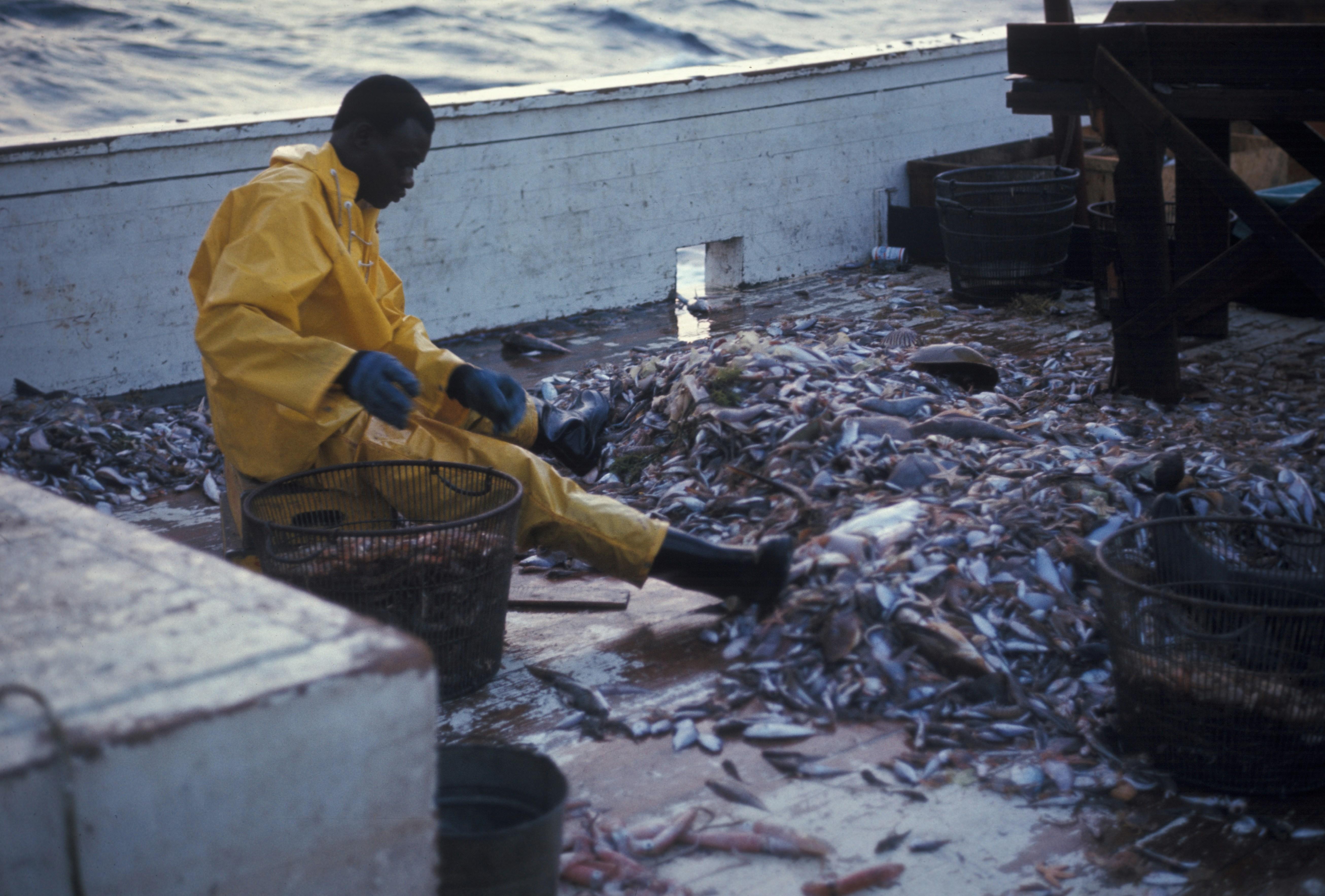In the ever-evolving landscape of cinema, Martin Scorsese‘s “The Irishman” emerges as a poignant exploration of the intricate interplay between aging and crime. Released in 2019, this epic crime drama revisits familiar themes of loyalty, betrayal, and the relentless passage of time, yet it does so through a lens sharpened by the director’s own reflections on mortality and legacy. Set against the backdrop of mid-20th century America, “The Irishman” delves into the life of Frank Sheeran, a World War II veteran turned mob hitman, whose narrative arc offers a profound commentary on the inevitability of aging and its impact on the human psyche. Through meticulous storytelling and a masterful use of de-aging technology, the film not only chronicles the protagonist’s descent into the criminal underworld but also serves as a modern meditation on the existential realities faced by those who, like Sheeran, are left to grapple with the consequences of their past choices in the twilight of their lives. As such, “The Irishman” stands as a reflective piece on the intersection of time, morality, and the often-unforgiving nature of a life steeped in crime.
The portrayal of time and memory in The Irishman
Martin Scorsese’s “The Irishman” intricately weaves the concepts of time and memory into its narrative fabric, creating a profound meditation on the relentless march of aging and the haunting echoes of past deeds. The film employs a non-linear storytelling technique, masterfully juxtaposing Frank Sheeran’s youthful vigor with his frail twilight years. This temporal dance not only reflects the physical decay of the protagonist but also serves as a vehicle for exploring the reliability and subjectivity of memory.
- Memory as a narrative device: The shifting timelines illustrate how Sheeran’s recollections are colored by nostalgia and regret, leaving viewers questioning the veracity of his accounts.
- Time as a thematic element: The extensive runtime itself becomes a commentary on the endurance of life’s burdens, as the slow passage mirrors the inevitable progression towards mortality.
Through these elements, Scorsese invites the audience to ponder the complexities of remembering a life intertwined with crime, where each choice leaves indelible marks on the soul. The film’s exploration of these themes resonates as a modern reflection on the inexorable aging process and the enduring impact of one’s actions over a lifetime.

Character development as a mirror of aging and regret
In The Irishman, character development serves as a poignant reflection on the inevitable passage of time and the shadows of regret that accompany it. As we journey through the life of Frank Sheeran, the narrative meticulously dissects how the once indomitable presence of a man, embroiled in the world of organized crime, gradually succumbs to the frailties of aging. Martin Scorsese crafts a complex portrayal of Frank, whose youthful bravado and ambition are incrementally eroded by the weight of his actions. This slow transformation is a mirror, reflecting not only the personal deterioration of Sheeran but also the universal human experience of growing old and confronting past choices.
- Youth and Ambition: In the early stages of the film, Frank is characterized by his fearlessness and relentless drive, qualities that propel him into the upper echelons of crime.
- Maturity and Reflection: As the years progress, Frank’s perspective shifts from ambition to introspection, highlighting the emotional toll of his lifestyle.
- Old Age and Regret: In his twilight years, Frank is left to grapple with the solitude and regret of a life that, while filled with power and influence, ultimately isolates him from those he loves.
This evolution is not merely a narrative device but a broader commentary on the intersection of crime and mortality. The film delves into the sobering realization that, despite one’s actions and achievements, time remains the ultimate equalizer, rendering all men vulnerable to the same end: reflection and, often, regret.
Analyzing the moral complexity of crime in later life
The film delves into the intricate layers of morality and culpability associated with criminal acts committed during the twilight years. This phase of life is often perceived as a time for reflection and redemption, yet The Irishman challenges this notion by presenting a protagonist whose involvement in crime does not diminish with age. The narrative offers a profound exploration of how aging complicates the perception of guilt and morality, making viewers question whether time can alter the essence of one’s character.
- Internal Conflict: The protagonist’s journey highlights the internal struggle between past decisions and present conscience, emphasizing the difficulty of reconciling a life of crime with the wisdom that often accompanies aging.
- Social Isolation: As characters age, their past actions create barriers, leading to isolation and loneliness, reflecting the societal repercussions of a life entangled with crime.
- Regret vs. Remorse: The film distinguishes between mere regret for past actions and true remorse, questioning whether genuine redemption is possible in the face of a lifetime of wrongdoing.

Cinematic techniques highlighting the passage of time
Martin Scorsese’s The Irishman employs a myriad of cinematic techniques to underscore the inexorable passage of time, effectively mirroring the film’s themes of aging and the relentless march of life. One of the most striking methods is the use of de-aging technology, which allows the audience to traverse decades within a single narrative. This digital wizardry not only transforms the actors’ appearances but also serves as a visual metaphor for the impermanence of youth and vitality. By subtly adjusting facial features and posture, Scorsese invites viewers to reflect on the inevitable transformations that accompany aging.
Another compelling technique is the film’s non-linear storytelling. Through a series of flashbacks and flash-forwards, the narrative unfolds like a complex tapestry, weaving together the past and present. This approach creates a sense of temporal fluidity, reminding audiences of the cyclical nature of time and memory. Scorsese enhances this effect with deliberate pacing and long takes, allowing moments to breathe and encouraging viewers to linger on the details. The use of montages further accentuates the passage of time, juxtaposing scenes of youth and vigor with those of frailty and reflection. These cinematic choices craft a poignant exploration of how time shapes identity and destiny, echoing the film’s central contemplation on the consequences of a life entwined with crime.
